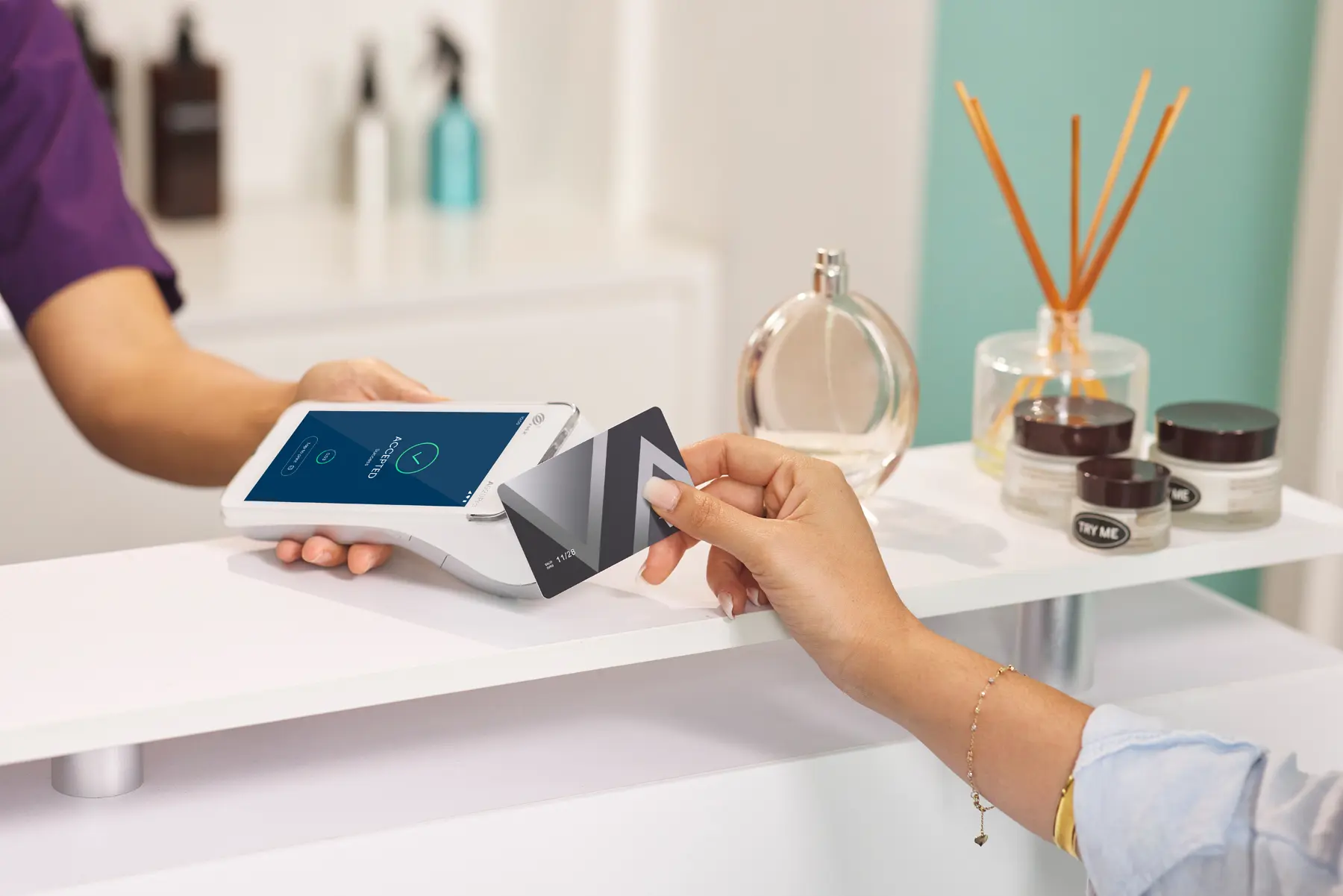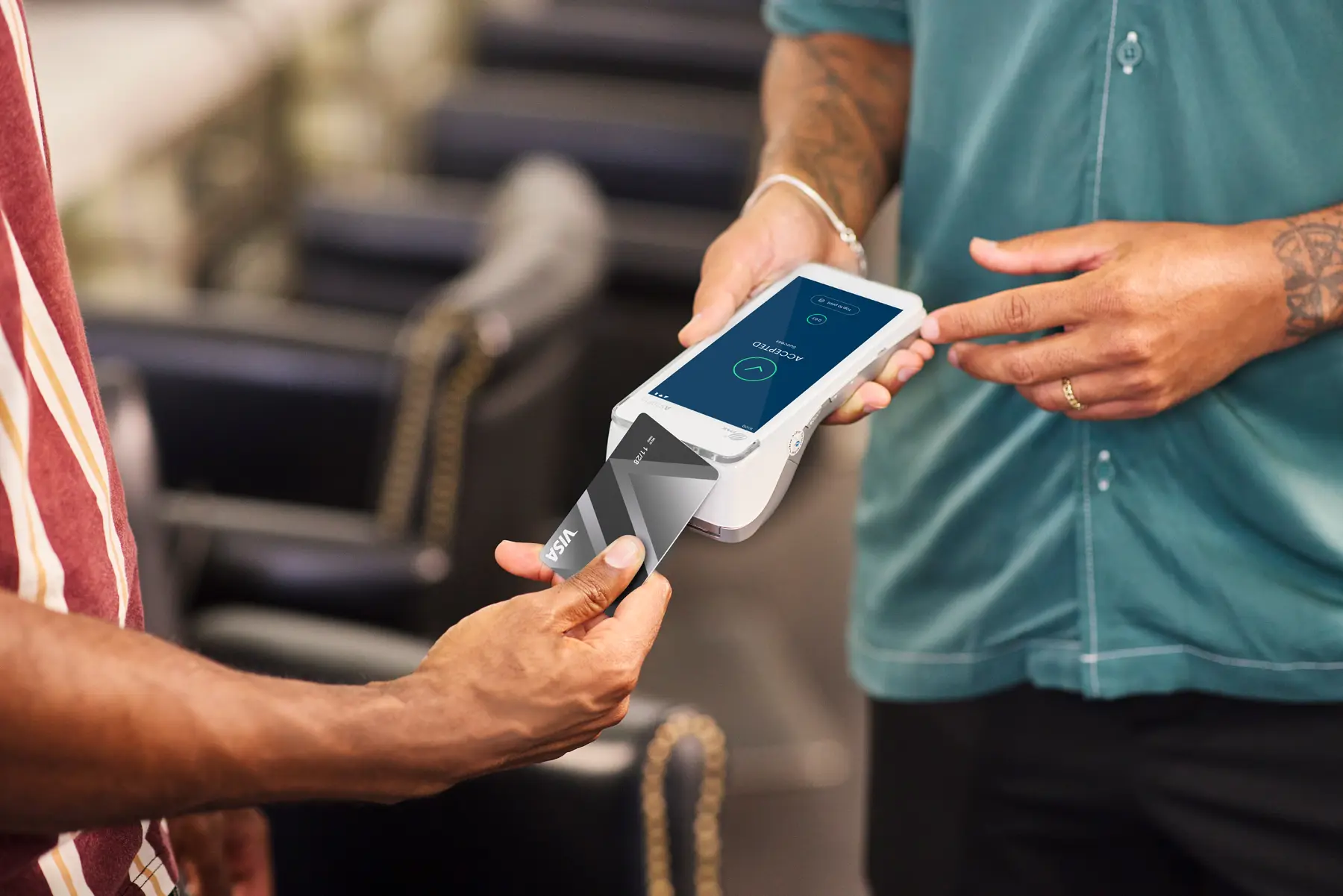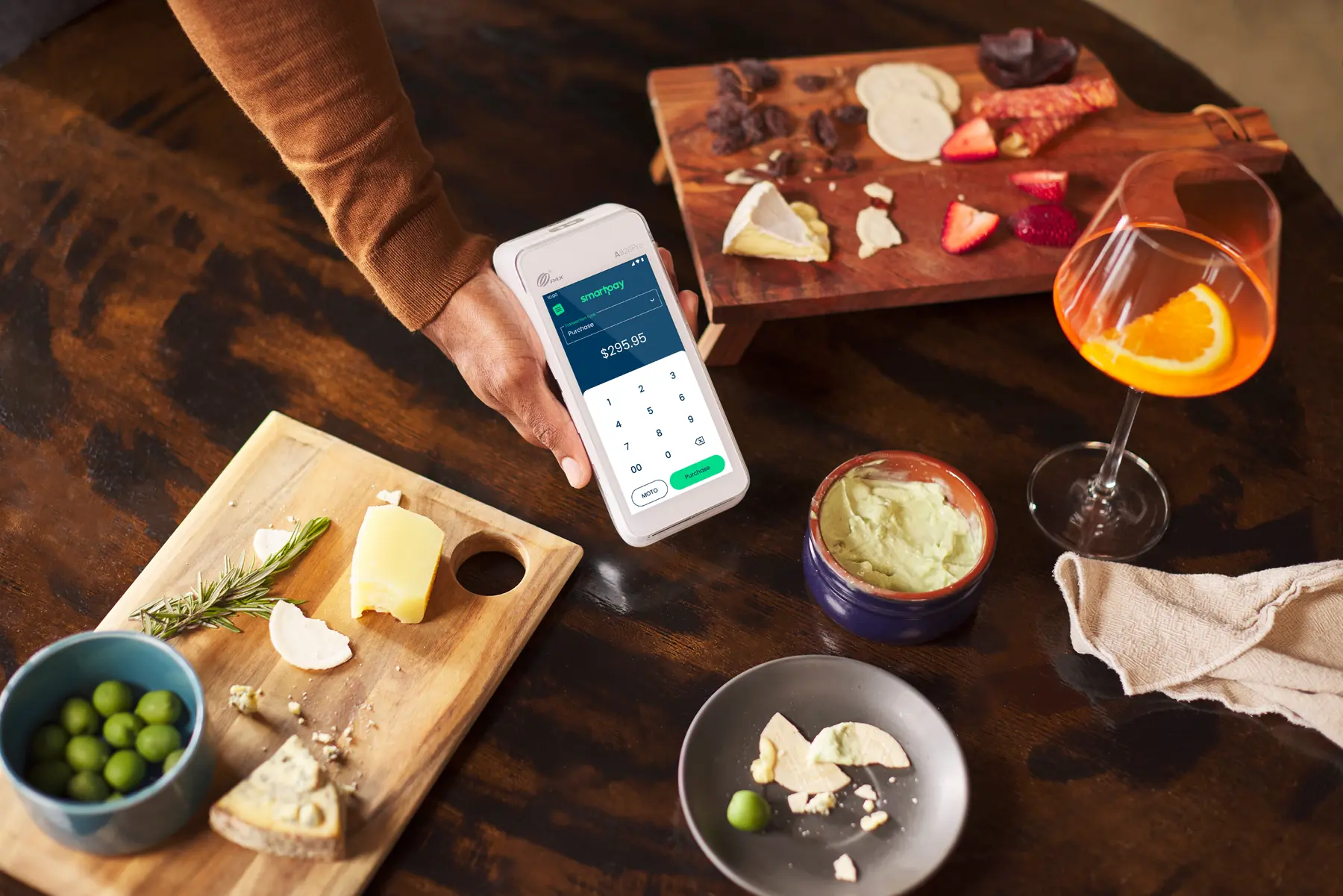
As a small business owner, you wear a lot of hats – accountant, team lead and perhaps even marketer to promote your business. But don’t worry, you’ve got this!
People buy from people. So when you break down marketing, it is simply about connecting with your customers. Sounds fun, right?
We have broken down your marketing strategy steps into creative ideas for small businesses in the New Zealand market:
- What Is Small Business Marketing?
- Why Amp Up Your Small Business Marketing?
- 5 Hacks For Crafting Your Small Business Marketing Strategy
- Dive Into Research
- Know Your Audience
- Set Clear Goals And Objectives
- Decide Your Budget
- Monitor & Review
- Marketing Ideas for Small Businesses with Big Wins
What is Small Business Marketing?
In a nutshell, small business marketing encompasses strategies, analytics and diverse marketing efforts aimed at promoting products or services and reaching target audiences. It involves prioritising ideas within limited resources to maximise value. This can range from digital advertising to event sponsorships and the overall marketing plan.
Why Amp Up Your Small Business Marketing?
Your marketing strategy can grow your small business in leaps and bounds:
- Building brand awareness: For people to consider your product or service, they need to know who you are and what your brand represents. As a small business owner, you want your business to be top of mind wherever your target audience is in their customer journey.
- Generating sales: Similarly, you might have the best product or service on the market, but if customers don’t know about it, how can you expect them to take the leap and buy it? The right marketing will boost sales and ultimately, revenue and return on investment (ROI) in the long run.
- Establishing trust and credibility: Getting customers to purchase is one thing, creating customer loyalty is another. Marketing helps build meaningful connections with the right people and minimises wastage.
5 Hacks for Crafting Your Small Business Marketing Strategy
Now that we’ve established the importance of marketing, it’s time to get down to business and think about developing your marketing plan. For a first-timer, this can take some extra effort upfront. But, we’re here to lend a helping hand! When it comes down to it, crafting your marketing plan boils down to a few simple steps:
1. Dive Into Research
When you’re starting out, conducting market research is the first thing you should be doing. This doesn’t have to be overly complicated.
Review your sales data to understand your customers’ buying patterns and which products they really value. Compare this with market trends and what your competitors are doing to generate ideas for marketing to both existing and new customers.
All of these will help you identify what you bring to the table that distinguishes you in customers’ eyes.
2. Crack the Code on Your Audience
As a small business, there are ways to get to know and reach your audience effectively. Ask yourself some simple questions to help you group your customers by characteristics or behaviours, like:
- Where are they based? Knowing where your audience lives or works can help you be more targeted with your marketing strategies.
- Who are they? Age, gender, income and occupation will all inform how you engage them.
- How do they behave? Understand their psychology by looking at their behaviour. How often do they need your product or service? What would appeal to them about it? Where would they normally find info about this type of product or service?
- What do they value? Unlocking what’s important to them will help you cater to those specific needs. Are they time-poor? Show them how your product or service frees them up to focus on what they love. Do they prioritise ease or convenience? Demonstrate that your solution caters to their need for this.
Learning more about your audience empowers you to meet their needs more readily.
Deciding on your Unique Selling Point (USP) is another awesome step to marketing your small business. Your USP is like the first answer you put on your dating profile. It’s the thing you want prospective interests to know most about you, and come away from your page clearly understanding.
For example, Smartpay’s USP is “to keep EFTPOS solutions simple!”
3. Dream Big, Plan Boldly with Goals
This is your chance to clearly define what success looks like for your business.
While sales might be the bottom line, you might also have other marketing goals you want to track like visits to your website, subscriptions to a newsletter, repeat purchases and so on.
Try to set SMART Goals (Specific, Measurable, Attainable, Relevant, Time-based) that you can monitor over time and adjust. It’s all about trial and error.
4. Become a Budget Boss
Being clear on your marketing budget from the get-go helps you get creative with your resources and maximise ROI. Your budget will depend on whether you’re selling a product or a service, and who your target consumer is.
Generally, small businesses spend between 7-15% of their revenue on their marketing budgets, though this varies from industry to industry and from product to service:
- B2B product: generally spend 8.3% of their revenue on marketing
- B2B service: usually spend 12% of their revenue on marketing
- B2C product: generally spend 13.9% of revenue on marketing
- B2C service: usually spend 15% of revenue on marketing
5. Stay on the Pulse with Reporting
In the beginning, your marketing strategy is all about testing and learning. Make sure you review your marketing results quarterly to understand:
- What’s working?
- What needs changing?
- What can be introduced?
Once your business is more established, review your results:
- Every time a new product or service is introduced
- Whenever a new competitor enters the market
- When an issue arises in your industry
This will help your business stay agile and maximise ROI.
7 Marketing Ideas for Small Businesses with Big Wins
Now you know who you’re talking to, it’s time to consider how to engage them.
With most of the world moving online, establishing brand presence digitally is key to living rent-free in your audience’s minds. Here are some ways to unlock this:
1. Build Your Own Website
Your website is your greatest asset. It’s the thing you have 100% ownership over, so use it wisely.
To make the most of it, spell out important info for your customers like:
- Who you are – Remember your all important USP!
- What your products and services are
- Your brand history
- Your brand values
Because at the end of the day, people trust people. Help them to see the human side of your business.
2. Boost Your Rankings on Google with SEO
If your website isn’t one of the top pages to come up in the Search Engine Results Pages (SERP), it’s time to turn to Search Engine Optimisation (SEO).
SEO involves strategies to improve your ranking on search engines like Google. This could range from tactics like improving your page’s load time, publishing more content more frequently, and inputting important keywords.
Ultimately, Google will prioritise content it believes is the most relevant to the user’s search query, so it’s important to update your website for accuracy.
3. Capitalise on a Free Google Business Profile
With over 90% market share, Google is New Zealand’s go-to search engine.
A Google Business Profile is a free way to turn leads from Google Maps and Google Search into actual customers. You can make it easy for people to find you by adding in:
- Your business address
- Your opening hours
- A list of your services or products
- Photos
- Customer reviews
4. Personalise your Email Marketing
Email marketing is your direct line to your customers, so get personal with your comms and don’t be afraid to get creative! This helps engage a loyal customer base and nurture any warm leads.
Keep your subscribers updated on any changes to your product or service, what’s going on in your industry, and what your business is up to. This will make them feel more connected to your brand. Plus, it gives you a concrete way to track your performance over time.
Experiment with different headlines and content to see how your open rate and subscriptions change, and then adjust accordingly.
5. Tap Into AI
AI could be your best friend. Check out tools like ChatGPT to help you:
- Workshop ideas
- Refine comms
- Brainstorm new marketing strategies
- And even write creative TikTok captions to attract patrons
Work smarter, not harder with the technology at your fingertips. Lean in – it could save you time and money at the end of the day!
6. Spread the Word with Social Media Marketing
Given more than 80% of Kiwis are on social channels, adding social media marketing into your mix is always a good idea!
These days, you’ll find different audiences across different platforms. In general, you’ll see:
- Facebook: Skewing 25-34
- Instagram & Tik Tok: Leaning towards Gen Zs and millennials
- YouTube: Used by most age groups
- X: Engaging people 18-29
Identifying the right platform for your business is as simple as knowing who your target customer is. From there, make sure to publish content at least 2-3 times per week as social media feeds can move fast. Paid ads will help you stay at the top of the scroll!
7. Love Your Local Community
While we live in a digital era, there’s still something to be said about connecting with your audience offline. Kiwis are all about backing their home team with more than 60% of them buying locally and initiatives to encourage supporting local businesses.
It pays to engage with Kiwis through local events, networking groups or community organisations. Tap into that sense of local pride offline.
99 Problems, Marketing Shouldn’t Be One of Them
Ultimately, there are countless creative ways to market a new business in New Zealand and how you do it is completely up to you. Your small business marketing strategy will look completely different to Bob’s next door and that’s okay. Finding one that suits your business and its customers’ needs is the main thing.
With so many considerations for a small business owner to make before they’ve even opened the doors, the thought of keeping them open can sound just as scary. It’s important to streamline internal processes to save time on your resources and boost the customer service experience.
Luckily, there are numerous resources to guide you on this like the New Zealand Government’s tools and resources site.




